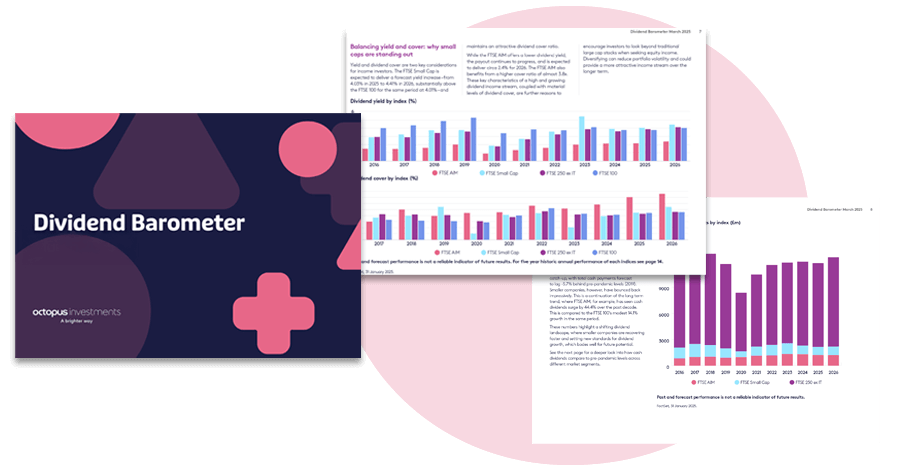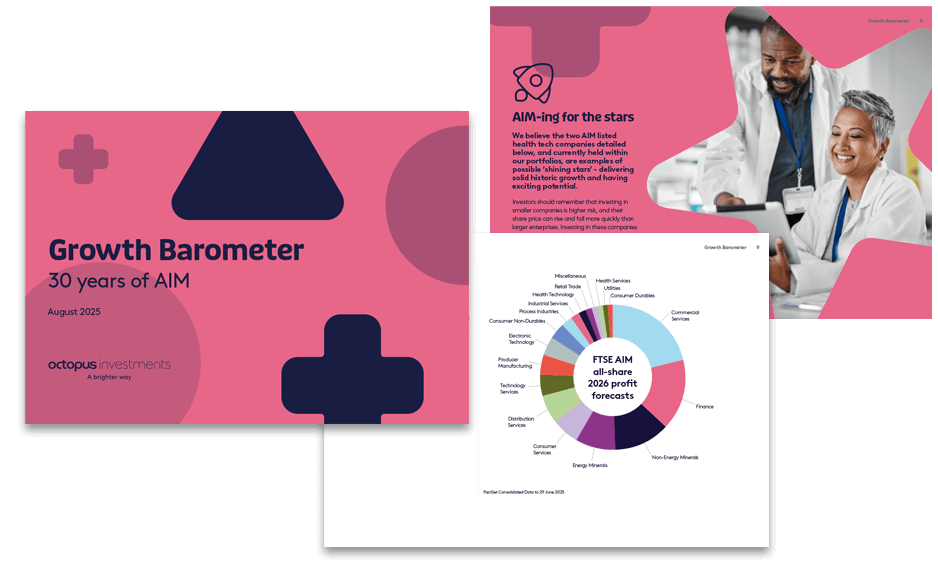WhitepaperInheritance tax
What is a potentially exempt transfer?
Potentially exempt transfers
Last updated 5 December 2024
What is a potentially exempt transfer?
A potentially exempt transfer (PET), as the name suggests, is a gift that is potentially free from from inheritance tax.
A PET is a transfer of value:
- Which is made by an individual;
- Which is a gift to another individual or specific types of trusts such as a vulnerable person’s trust.
What are the inheritance tax implications of potentially exempt transfers
What are the inheritance tax implications of potentially exempt transfers
PETs do not incur an inheritance tax (IHT) charge at the time of the gift and will remain exempt if the donor survives for seven years after making the gift. The gift will be within the donor’s death estate if the donor does not survive for seven years and charges may arise as explained below.
When an individual makes a PET, there are effectively two separate IHT tax calculations that should happen:
1. Death within seven years of a PET: A charge on death for lifetime transfers
- In effect, the nil rate band (NRB) is reset for this calculation to £325,000. Where the value of the PET is greater than the NRB, a charge at 40% should arise.
- Taper relief may be available to reduce the rate of IHT (see below).
Any failed PET (i.e. a PET within seven years of death) or other CLT made seven years before the PET, should reduce the NRB available when calculating the IHT due on the PET in question. Explore our 14-year rule whitepaper which shows an example.
2. Death within seven years PET: Death estate IHT calculation
- The value of the PET should be added to the value of the settlor’s death estate for the IHT calculation.
- For this death estate calculation, in effect the NRB is reset again to £325,000. The NRB will first be set off against the value of the PET before the remainder is deducted against the remaining chargeable estate.
- Taper relief should not available.
- Any IHT on the additional lifetime transfer charge above, should not be deductible.
Ask Octopus
Do you have a question about inheritance tax and estate planning?
Use our free helpdesk to Ask Octopus

Taper relief and potentially exempt transfers
Taper relief
Where the donor survived for three years from the date of the gift, but less than seven years, taper relief will reduce the 40% IHT charge on the PET as follows:
| Years from date of gift | Reduction in inheritance tax due |
| 3-4 | 20% |
| 4-5 | 40% |
| 5-6 | 60% |
| 6-7 | 80% |
Gifts with reservation rules
Gifts with reservation rules
If you give away an asset but retain use of it, this will not be a PET. Instead, the asset may remain within your estate on death. For example, gifting your home to your children but continuing to live there would be considered a gift with reservation of benefit (GWR) and not a PET.
The GWR ends when the donor no longer benefits from the asset (for example, if they move out of the home they gifted). At that point, the gift is treated as a PET from the date the GWR ends (not from when the asset was originally gifted).
This means, if donor dies within seven years of a GWR ending, then the gift should be subject to inheritance tax.
It is worth noting ‘a pre-owned asset’ charge may be applicable and would need to be looked at alongside the GWR rules. These rules, if applicable, give rise to an income tax charge for an individual who has given away an asset but continues to benefit from it.
Tax legislation, rates and allowances are correct at time of publishing for the tax year 6 April 2025 – 5 April 2026.
From 6 April 2026, a 100% IHT relief will continue for the first £1 million of combined agricultural and unquoted Business Relief qualifying property (e.g. sole traders, partnerships, unquoted companies). Amounts over the £1 million will attract 50% IHT relief. Business Relief qualifying companies listed on the Alternative Investment Market (AIM), will attract 50% IHT relief irrespective of the investment amount.
Inheritance tax (IHT) calculator
Related resources
Related resources
IHT Toolkit
You can educate and nurture clients with these resources when having conversations about estate planning using this handy Toolkit.
Estate planning now and moving forward
Equip your clients with the future. Discover estate planning strategies to safeguard wealth and ensure a smooth legacy transition.






